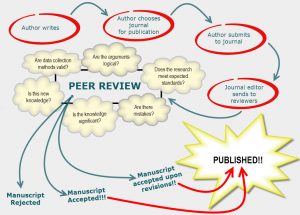Post Cruise Thoughts.
I have caught the oceanography bug, and I look forward to my social media updates on Human Occupied Vehicle Alvin, the Research Vessel Atlantis, and many others. You can stay up to date on all that is happening with R/V Atlantis and Woods Hole Oceanographic Institute at their various social media outlets. Just take a look at the bottom of their webpage to stay up to date on all things oceanography.

WHOI also maintains a YouTube channel with informative videos about science and the research being conducted. https://www.youtube.com/c/WoodsHoleOceanInst

While I love seeing science in my social media, as I’m sure you do, since you are reading this blog, publishing research takes time. The PUFINS research team is busy analyzing samples and finding meaning in the mud, a process that is time consuming and takes many skilled hands. Many of us are used to immediate results, but science done well often takes time, discourse, and reflection. Science published work, not just any news source, is highly scrutinized by other members of the scientific community before being released. Take a look at the flow chart example of the steps taken to publish research.

As an Educator onboard I’m not involved in the data analysis, but I am tasked with making the science more accessible to teachers. I don’t want to wait until the latest data is published to add my experiences to my lessons. To overcome the waiting game I find myself looking at other climate data to present to my students and meet my curriculum needs. The Next Generation Science Standards, adopted with various modifications by many states, gives me guidance as to what I should teach students and what I shoulde develop a lesson about. One standard I have chosen to focus on states students should be able to: Analyze geoscience data and the results from global climate models to make an evidence-based forecast of the current rate of global or regional climate change and associated future impacts to Earth systems. My fellow educator onboard, David Walker, wrote about the Holocene Conundrum, the reason we were seeking sediment in the North Atlantic. I am spending time simplifying and highlighting different data pieces for students to develop their own trend lines and compare current data sources. Look for the complete lesson to come out before October on our PUFINS website, Educational Resources tab.
Until then thank you for following along on our adventures.